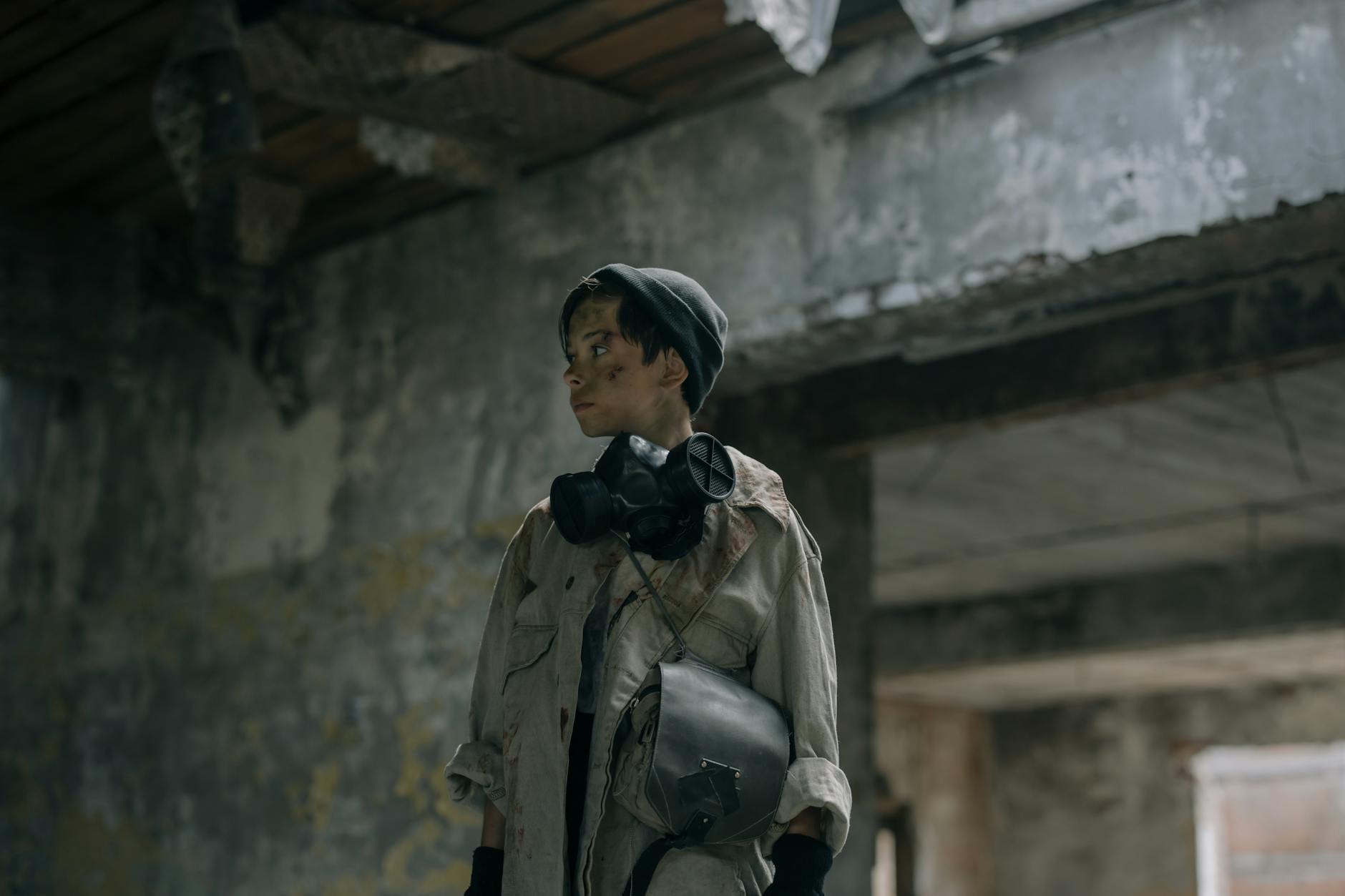A Sweet Spectacle: Tate’s Bake Shop Dazzles Times Square with Iconic Billboard Debut
Tate’s Bake Shop Drops a Chocolate Chip Masterpiece in the Heart of New York City
In a move that has seasoned the concrete jungle with a delightful aroma, Tate’s Bake Shop has launched its inaugural Times Square billboard, transforming the iconic crossroads of the world into a celebration of its beloved chocolate chip cookies. This ambitious marketing campaign, timed to coincide with National Chocolate Chip Cookie Day, sees the brand reimagining the legendary New Year’s Eve ball drop, replacing the descending orb with a colossal, mouth-watering representation of their signature treat. The initiative not only marks a significant milestone for Tate’s Bake Shop but also underscores the enduring power of creative, location-specific advertising in capturing public imagination.
The visual spectacle, designed to evoke the festive spirit of New Year’s Eve, features a giant chocolate chip cookie descending a dramatically lit tower, mimicking the famous countdown. This innovative approach aims to create a memorable and engaging experience for the millions who flock to Times Square annually, cementing Tate’s Bake Shop’s presence in the minds of consumers as a purveyor of simple, high-quality indulgence.
Introduction
The bustling, neon-drenched landscape of Times Square is a global beacon for innovation, entertainment, and, increasingly, for brands seeking to make an indelible mark. Tate’s Bake Shop, a name synonymous with classic, buttery chocolate chip cookies, has strategically positioned itself within this vibrant arena with a marketing campaign that is as delicious as it is daring. The debut of their monumental billboard, inspired by the iconic New Year’s Eve ball drop, is more than just an advertisement; it’s a statement of brand presence and a testament to the enduring appeal of a well-executed cookie.
This campaign, designed to resonate with both loyal fans and a new generation of cookie enthusiasts, leverages the sheer scale and cultural significance of Times Square to amplify its message. By intertwining its product with a universally recognized event, Tate’s Bake Shop has crafted an experience that is both familiar and refreshingly novel. This long-form article will delve into the intricacies of this marketing endeavor, exploring its context, analyzing its strategic implications, and examining its potential impact on the brand and the wider confectionery industry.
Context & Background
Tate’s Bake Shop, founded by Kathleen King in Southampton, New York, in 1980, has built its reputation on a foundation of simple, high-quality ingredients and a commitment to traditional baking methods. The brand’s philosophy centers on creating a “home-baked” taste that evokes nostalgia and comfort. Their signature chocolate chip cookies, characterized by their crisp edges, chewy centers, and generous distribution of chocolate chips, have garnered a dedicated following and critical acclaim.
The company’s journey from a small local bakery to a nationally recognized brand is a story of consistent quality and smart growth. Over the years, Tate’s Bake Shop has expanded its product line to include a variety of cookies, cakes, and other baked goods, while maintaining the integrity of its original recipes. The acquisition of Tate’s Bake Shop by Mondelēz International in 2018 further propelled its reach and resources, enabling larger-scale marketing initiatives such as this Times Square campaign.
The choice of Times Square for their first major billboard presence is a strategic one. Known as “The Crossroads of the World,” Times Square attracts an estimated 50 million visitors annually. Its towering digital billboards and iconic imagery make it a prime location for brands aiming for maximum visibility and cultural impact. The New Year’s Eve ball drop, a global spectacle watched by billions, is particularly emblematic of celebration and the ushering in of new beginnings. By mirroring this event, Tate’s Bake Shop is associating its brand with positive emotions and a sense of shared experience.
This campaign aligns with a broader trend in the food industry where brands are increasingly investing in experiential marketing and high-impact visual displays to connect with consumers on a more emotional level. In a crowded marketplace, standing out requires more than just a good product; it necessitates memorable branding and innovative storytelling.
In-Depth Analysis
The Tate’s Bake Shop Times Square billboard is a masterclass in leveraging a brand’s core identity with a powerful, location-specific creative concept. The decision to reimagine the New Year’s Eve ball drop transforms a static advertisement into a dynamic narrative. Here’s a breakdown of the key elements contributing to its potential success:
- Iconic Recreation: The direct inspiration from the New Year’s Eve ball drop is a stroke of genius. This familiar imagery instantly connects with a global audience, evoking feelings of anticipation, joy, and celebration. By replacing the traditional ball with a giant chocolate chip cookie, Tate’s Bake Shop seamlessly integrates its product into a beloved cultural moment. This isn’t just about showing a product; it’s about creating an association with a significant, universally recognized event.
- Sensory Appeal and Scale: Times Square is a visually driven environment. A colossal chocolate chip cookie, rendered with photorealistic detail, possesses an inherent sensory appeal. The sheer scale of the billboard ensures it commands attention amidst the myriad of other advertisements. The visual of a cookie descending, combined with the surrounding lights and sounds of Times Square, aims to create a visceral, almost tangible experience for onlookers, evoking cravings and positive associations with the brand.
- Brand Alignment: Tate’s Bake Shop’s brand is built on simplicity, quality, and the comfort of a classic treat. The Times Square activation, while grand in scale, maintains this core ethos. The cookie itself is the hero, presented in its purest, most recognizable form. This approach avoids overcomplication and reinforces the brand’s commitment to delivering an authentic, delicious product. The campaign’s ability to scale down a beloved cookie to a monumental, yet instantly recognizable, form speaks to the strength of its product identity.
- Timeliness and Relevance: Launching the campaign for National Chocolate Chip Cookie Day adds a layer of timeliness and cultural relevance. This day provides a natural hook for media attention and consumer engagement. It allows Tate’s Bake Shop to position itself as the definitive authority and celebratory focal point for a day dedicated to their signature product. This strategic timing amplifies the campaign’s reach and impact, tapping into existing consumer interest and conversation.
- Target Audience Reach: Times Square draws a diverse demographic, including tourists, locals, and professionals. This broad audience reach ensures that Tate’s Bake Shop is exposed to a vast potential customer base. The campaign is designed to appeal to those already familiar with the brand, reinforcing their loyalty, while also attracting new consumers who may be drawn in by the visual spectacle and the promise of a high-quality treat. The campaign aims to translate passive observation into active brand recognition and, ultimately, purchase intent.
- Digital Integration Potential: While the billboard itself is a physical presence, the campaign has significant potential for digital amplification. Social media sharing, user-generated content, and online discussions about the “cookie drop” can extend the campaign’s reach far beyond the physical location. Brands often leverage such high-profile OOH (Out-of-Home) advertising as a catalyst for broader digital engagement, encouraging followers to share their experiences and photos online.
The success of such a campaign often hinges on its ability to generate buzz and conversation. By creating a visually striking and conceptually unique advertisement, Tate’s Bake Shop has laid the groundwork for significant earned media and social media engagement. The very nature of a Times Square billboard – a permanent fixture in a world-famous location – ensures ongoing visibility, serving as a constant reminder of the brand’s presence and its commitment to delightful indulgence.
Pros and Cons
Like any major marketing initiative, the Tate’s Bake Shop Times Square billboard campaign presents both significant advantages and potential drawbacks. A balanced assessment is crucial to understanding its overall effectiveness.
Pros:
- Unparalleled Brand Exposure: Times Square offers an unmatched level of daily foot traffic and global recognition. The billboard ensures Tate’s Bake Shop is seen by millions of people from diverse backgrounds and locations, significantly boosting brand awareness.
- Strong Memorability and Emotional Connection: The creative concept, inspired by the New Year’s Eve ball drop, is inherently memorable and taps into positive emotional associations. This emotional resonance can create a stronger, more lasting connection with consumers than more conventional advertising methods.
- Positioning as a Premium Brand: An investment in a prime Times Square location signifies a brand’s confidence and market standing. It can elevate Tate’s Bake Shop’s perception, positioning it as a premium, desirable brand within the competitive snack and bakery sector.
- Timely and Relevant Engagement: Aligning the launch with National Chocolate Chip Cookie Day provides a timely hook, generating immediate relevance and allowing the brand to be at the center of relevant conversations.
- Potential for Viral Marketing: The sheer spectacle of the campaign is highly shareable on social media, offering the potential for organic reach and user-generated content, which can significantly amplify the campaign’s impact at a lower marginal cost.
- Reinforcement of Brand Identity: The focus on a singular, iconic product – the chocolate chip cookie – reinforces Tate’s Bake Shop’s core identity and its expertise in this particular treat.
Cons:
- High Cost of Investment: Securing advertising space in Times Square is notoriously expensive. This campaign represents a substantial financial commitment, requiring a significant return on investment to justify the expenditure. The cost of production and ongoing maintenance for such a large-scale installation also adds to the overall expense.
- “Ad Fatigue” in a Cluttered Environment: Times Square is saturated with advertising. While the Tate’s Bake Shop billboard is unique, it still operates within an environment where consumers are constantly bombarded with messages, potentially leading to “ad fatigue” or the difficulty of breaking through the clutter.
- Measuring Direct ROI: Directly attributing sales or customer acquisition to a single billboard campaign in such a high-traffic, diverse location can be challenging. While brand awareness is undeniably boosted, quantifying the direct financial return can be complex.
- Risk of Negative Perception: While generally seen as positive, any large-scale public display carries a minor risk of being perceived as ostentatious or out of touch, especially if not executed with finesse and authenticity.
- Limited Geographic Reach: While the billboard is in a globally recognized location, its direct impact is geographically limited to those physically present in Times Square. The campaign’s success relies heavily on its ability to translate this physical presence into broader digital and media engagement.
Key Takeaways
- Tate’s Bake Shop has launched its first-ever Times Square billboard to celebrate National Chocolate Chip Cookie Day.
- The campaign creatively reimagines the New Year’s Eve ball drop, featuring a giant chocolate chip cookie descending a tower.
- This initiative represents a significant investment in brand visibility and aims to create a memorable, engaging experience for a global audience.
- The strategy leverages the iconic status of Times Square and a universally recognized event to enhance brand recall and emotional connection.
- Key advantages include unparalleled brand exposure, strong memorability, and potential for viral marketing, though significant costs and the challenge of measuring direct ROI are notable cons.
- The campaign reinforces Tate’s Bake Shop’s core identity as a provider of high-quality, classic chocolate chip cookies.
Future Outlook
The success of Tate’s Bake Shop’s Times Square campaign will undoubtedly influence its future marketing strategies. If this ambitious endeavor generates significant buzz, positive brand sentiment, and measurable engagement, it could pave the way for similar high-impact activations in other major global cities or iconic locations. The data and insights gleaned from this campaign will be invaluable in understanding consumer response to such large-scale, experiential advertising.
Furthermore, the campaign’s effectiveness in driving both brand awareness and, hopefully, sales will dictate the level of investment Tate’s Bake Shop, and potentially its parent company Mondelēz International, will allocate to similar out-of-home (OOH) advertising in the future. It sets a precedent for how a heritage brand in the confectionery space can leverage iconic cultural moments and prime real estate to maintain relevance and capture the attention of a modern, digitally-connected consumer base.
The campaign also has the potential to inspire other food brands to think more creatively about their OOH advertising. In a world increasingly dominated by digital noise, a bold physical presence can offer a powerful counterpoint. Tate’s Bake Shop has demonstrated that with a strong concept and strategic execution, even a simple, beloved product like a chocolate chip cookie can become the centerpiece of a globally recognized spectacle.
The future outlook for Tate’s Bake Shop itself appears bright, with this campaign serving as a powerful testament to their brand’s enduring appeal and their willingness to innovate in how they connect with consumers. The ability to translate a beloved, familiar product into a monumental, culturally relevant advertisement is a key indicator of strong brand equity and forward-thinking marketing leadership.
Call to Action
Experience the sweet spectacle for yourself! If you find yourself in the heart of New York City, make sure to visit Times Square and witness Tate’s Bake Shop’s groundbreaking billboard. Share your photos and thoughts on social media using the hashtag #TatesInTimesSquare and join the global conversation celebrating the iconic chocolate chip cookie.
For those who can’t make it to the Big Apple, you can still indulge in the classic taste that inspired this monumental campaign. Find Tate’s Bake Shop cookies at your local grocery store or visit their official website to learn more about their products and the inspiration behind their delicious creations.
Visit Tate’s Bake Shop official website to explore their full range of cookies and baked goods.
Read the original TrendHunter article for more details on this innovative marketing campaign.
Learn more about Mondelēz International, the parent company of Tate’s Bake Shop.









